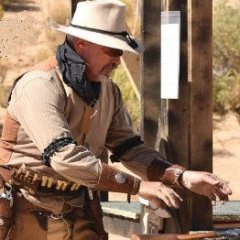Yes, it is a known problem that some lots of at least Winchester 209 and Federal 209A shotshell primers have deep set primers inside the battery cup of the primer assembly. And then (mostly) double barrel shotguns have problems hitting the primer cup hard enough with the firing pins. I've had both Win 209s and Fed 209As fail to get good hits in my TTN hammered double gun (well known for not having a lot of FP protrusion)
Here's a page that shows most of the parts of shotshell primers, with labels. The dark gray section around the primer is the "battery cup". It's made of steel (magnetic) even though it may be plated with copper or tin or nickel.
http://claybuster100.tripod.com/claybuster100sshotshellreloadingpage/id13.html
The manufacturing problem is that the primer cup gets pushed too deep into the battery cup. So the surface of the primer cup is below the rim of the battery cup by a few thousandths. I've had some Federals that have been as low as 0.013" below the rim! Firing pins sometimes don't have that much protrusion, especially on doubles.
So, solutions:
1. Check that tips of firing pins are not damaged or peened and that protrusion is good - this condition causes LOTS of failures to happen from a specific gun, so it's NOT likely for your two SKB guns that both very occasionally have a FTF. That speaks more to ammo problems. So, keep reading.
2. INSPECT for deeply seated primers in the battery cups. If the dome of the primer cup is not level with the rim of the battery cup of the primer, don't load it. If you have loaded it already, don't use that ammo in doubles!
3. Switch to better made primers. I'm now exclusively using Cheddite 209 primers since the primer cup is flat, always (knock wood) made flush with the outer battery cup, and are cheaper as well.
4. Alter the gun or firing pins to give a deeper strike to the primer. With SxS doubles, this can cause the primer to swell back around the tip of the firing pin and lock the gun shut!! Or at least drag against the primer causing gun to be hard to open. So, this "solution" is not often the right thing to do, especially with SxS guns.
Good luck, GJ


